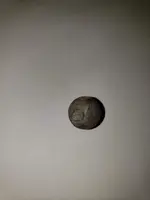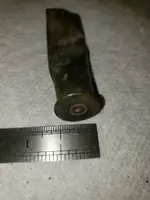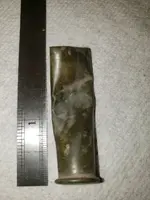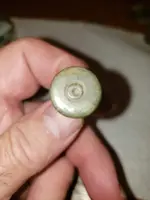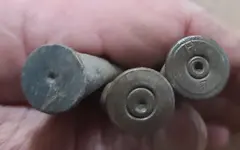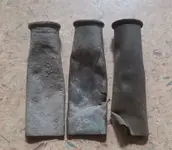tinner
Jr. Member
- Joined
- Sep 29, 2021
- Messages
- 82
- Reaction score
- 112
- Golden Thread
- 0
- Location
- north west U.S.
- Detector(s) used
- Manticore
Equinox 800
garrett 400
Hello everyone, I found this ball at between 4 and 6 inches deep. I believe it is a .36 cal. It measures around 3/8" I'm wondering if it is old or not and what type of fire arm was used to shoot it? Any thoughts? Thanks!!

